Quench Gun Technology: ISIT’s Superconducting Pulsed Electromagnetic Launcher
.:Together, we can make history.
Low cost access to space could enable so many things — and soon.:
Mining asteroids for precious metals for export to Earth.
Human habitats on the Moon and Mars.
Build massive detection systems capable of finding life elsewhere in our galaxy — or even further.
Clean up orbital debris before exponentially increasing collisions might turn low Earth orbit into a killing field. Pictured below, space debris being tracked as of 2019. Objects too small to track also could kill, or trigger cascades of deadly new particles.

.: Key Technology: ISIT’s Superconducting Pulsed Electromagnetic Launcher
ISIT’s Superconducting Pulsed Electromagnetic Launcher would be an essential component of any gun launch to orbit system using superconducting quench, defined as what happens when a superconducting current suddenly goes non-superconducting. Today, when it becomes necessary to quench a superconductor, it requires quickly boiling off its liquid helium (video here).
Our innovation is to instead convert a superconducting current via a controlled quench into an electromagnetic force that propels a projectile. See this video from our collaborator, Electromagnetic Launch, Inc., showing how this might enable low cost Earth to space launch.
However, there is a crucial problem with this video. The narrator says that each superconducting coil would automatically quench, converting its energy into accelerating the launch vehicle. While it is true that each coil as shown in this video would automatically quench, this only would happen once, and likely would release its energy too slowly to effectively accelerate the launch vehicle. Worse yet, unless a quench is carefully and SLOWLY managed, this could damage the system.
Fortunately, our calculations show how to solve this problem. But calculations aren’t enough. We must build a working model based on these, and test it.
.:You can help us.
Your tax deductible donation will fund these activities:
How likely is it that we will succeed? We don’t need any scientific breakthroughs. What we need is to hone and test recent technology developments. See ISIT’s report to DARPA for details.
What you will receive for supporting this research.
Your receipt will enable you to take a deduction on your U.S. income tax. (For other nations’ tax forms, see your nation’s regulations.)
We will keep you updated on our research via email, and invite you to our first launch at the annual Spaceport America Cup, along with the opportunity to meet our team.
You will be the first to hear about job opportunities with the research you helped to fund.
For the sake of history, we also will record you as a member of the team that may well help to build new civilizations in space.
After accomplishing the first Spaceport America Cup launch. the next, more expensive research phases should become feasible through the power of private enterprise — either existing aerospace companies or new ventures. Indeed, people from major aerospace companies and at least one venture capital powerhouse will be at America’s Spaceport for our first launch.
Next Research Phase (partial list)
Aero thermal heating.
Atmospheric drag.
Aerodynamic forces to enable faster atmospheric exit
Rocket-based orbital insertion system.
Scale to 7-10 km/sec muzzle exit velocity and mass (minimum 5-10 kg)
Develop freight systems hardened to 200 gs

